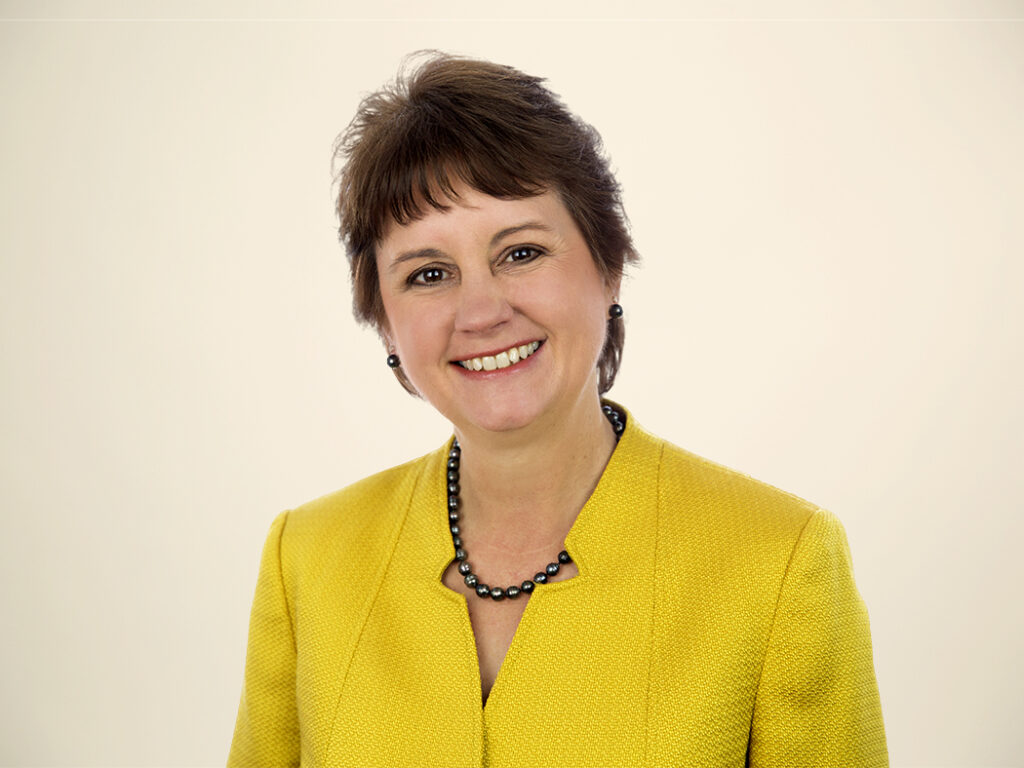Are B2B Marketers Ready For Personas?
During a recent breakfast meeting with B2B marketers, someone asked “We sell many products, with each buying cycle involving multiple decision makers. Do I need to create a persona for each?” Persona is a word that has made its way into the business marketer’s vocabulary of late and we admit we’re doing our part to promote this approach as well. But are B2B marketers ready to use personas as a launch pad for establishing a more relevant dialog with prospects and customers?
Most are not. Judging from our customer interactions, the typical B2B firms’ approach to segmentation is quite rudimentary — they group customers by size, industry, and geography. These categories closely match their sales organization’s structure, but are divorced from marketing strategy. Few go further and extend buyer profiles to include role, behavior, demographics, or preferences.
Before jumping on the persona bandwagon, business marketers should start with some basics. First, progressively refine your segmentation approaches. Start by capturing business role information about your contacts, the nature of the business problem they need to solve, and where they are in the buying cycle. Then, build and test programs aligned with these prospect roles and their purchase stage.
Sure, you could conduct this segmentation work in parallel with a persona development project. But the point is, don’t hop on the persona bandwagon because it’s hot. Persona development is a serious undertaking requiring both time and resources. To refine customer segmentation practices, start with the basics and improve your processes over time by applying sound test-and-measurement techniques.
Let us know what you think. We’re looking for examples of B2B firms that: (1) engage in persona development initiatives and (2) execute successful segmentation strategies driven primarily by buyer role or buying cycle stage.
 Tags: B2B segmentation, persona ::
Tags: B2B segmentation, persona ::  Add to del.icio.us
Add to del.icio.us
